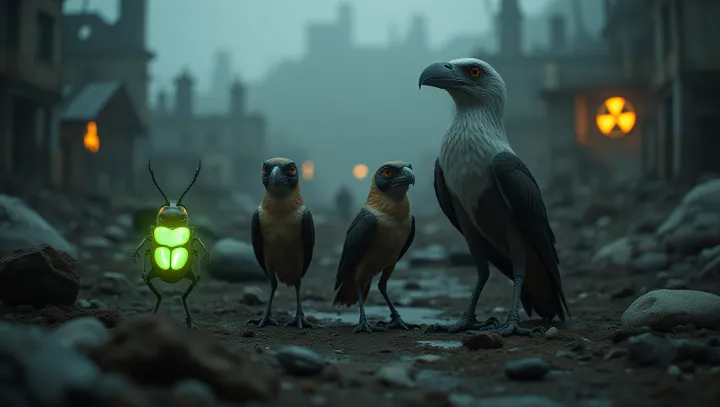Survival Secrets: Radiation-Resistant Animals

In the wild realms of Japan's Fukushima Daiichi Nuclear Disaster zone, an unexpected narrative unfolds. Some animals have exhibited a stunning resilience, thriving amid what would typically be a hostile environment due to high radiation levels. Recent scientific investigations, led by Dr.
Emily Robertson of the Environmental Sciences Institute, have documented several species such as certain fungi, cockroaches, and even some rodents, showcasing extraordinary adaptations that enable them to thrive in such irradiated habitats. These organisms have developed mechanisms to repair DNA damage or expel radioactive elements from their bodies. Dr.
Robertson emphasizes that 'understanding these biological processes might not only help in conservation efforts but also inspire innovations in biotechnology and radiation therapy.' Currently, global interest in this field is surging, fueled by the tantalizing prospect of applying these natural survival strategies to other contexts, such as enhancing crop resilience or bioremediation of contaminated areas. The implications of these findings extend beyond ecological interest, connecting to broader discussions on climate adaptation and the necessity for innovative responses to environmental challenges in a rapidly changing world.
